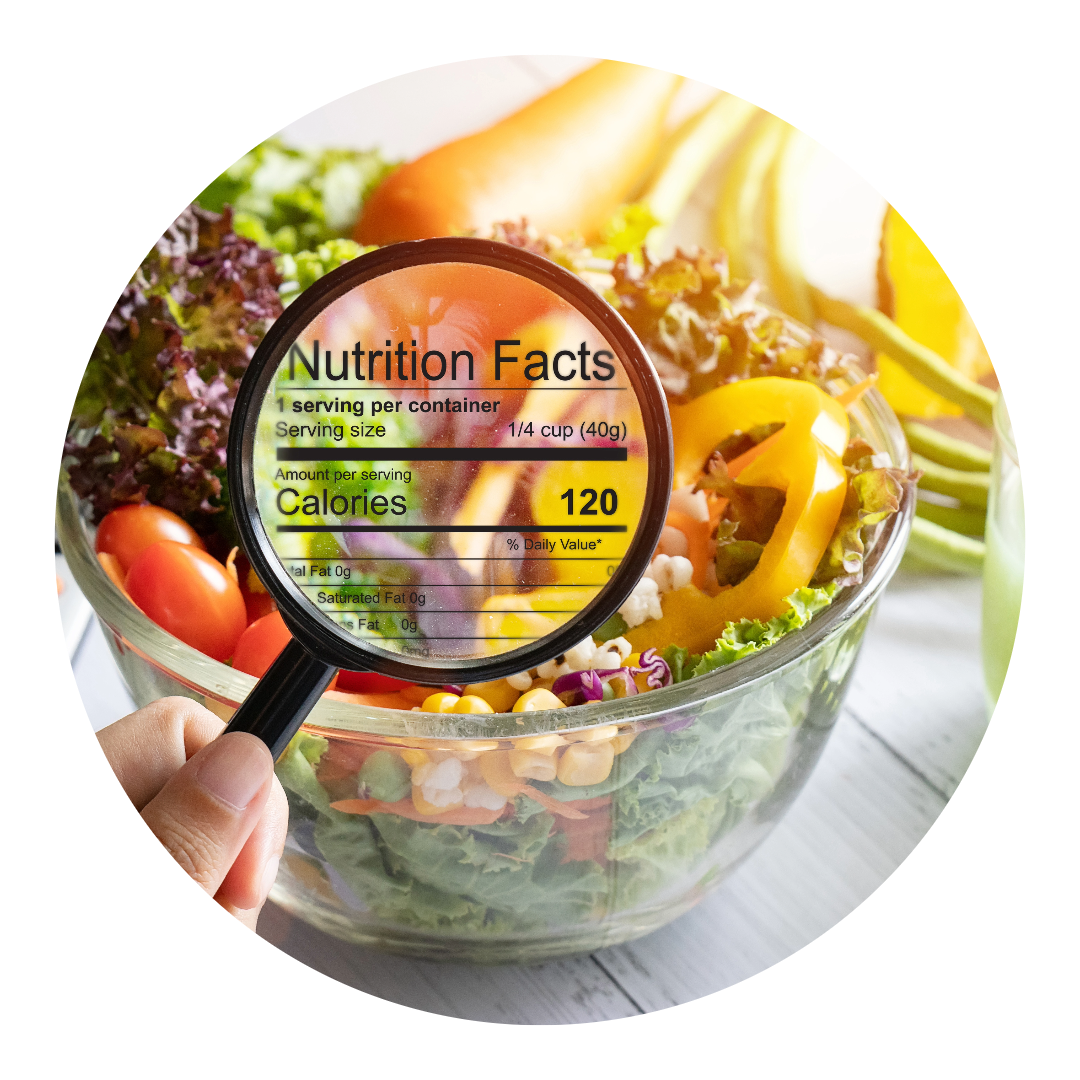Beginners Guide to Reading Nutritional Labels
Reading nutritional labels is an essential skill for understanding what is in your food and being aware of added ingredients.
Nutritional labels provide important information about the nutritional content of a food product, allowing us to make informed choices about what we consume.
The listing of macronutrients, such as fat, carbohydrates, and protein, helps us balance our nutrient intake. It's also crucial to identify the types of fat and the presence of added sugars. By examining the serving size and calories, we can manage portion control and calorie intake.
Additionally, nutritional labels provide insight into the vitamin and mineral content of a product, aiding in meeting our daily nutrient needs.
Overall, taking the time to read and understand nutritional labels empowers us to make healthier choices and take better care of our bodies.
Why should you know how to understand nutrition facts?
Understanding nutrition facts is essential for maintaining a healthy lifestyle. In our fast-paced and often confusing food landscape, having the knowledge to decipher nutrition labels empowers you to make informed choices about the food you consume.
Be more in control
Knowing how to understand nutrition facts allows you to control the amount of calories, fat, sugar, and sodium you intake.
Identify ingredients/ allergens
It enables you to identify hidden ingredients and potential allergens present in the product, helping you make conscious decisions to accommodate your dietary needs and restrictions.
Awareness of values
Being able to interpret nutrition labels also provides insight into the nutritional value of a food item. By being able to read the vitamins, minerals, and fibre content, you can make choices that align with your personal health goals. Whether you're seeking to increase your protein intake, boost your daily fibre intake, or reduce your sugar consumption, understanding nutrition facts helps you tailor your diet to your specific needs.
Promotes mindful eating
When you understand the composition of your food, you become more aware of what you put into your body, fostering a healthier relationship with food. By making conscious choices based on nutrition facts, you can develop a balanced and varied diet that supports overall well-being, physically and emotionally.
How to read nutritional facts
Step 1: Start with the Serving Size
The serving size is the first thing you should check on the nutritional facts panel. It tells you the recommended portion size and the number of servings per package. Pay attention to this information as it directly affects the nutrient values listed below.
Step 2: Check Total Calories
Next, look at the total calorie content per serving. Calories measure the energy provided by food. If you are trying to maintain or lose weight, keeping an eye on calorie intake is crucial. Remember, the total calories listed are per serving, not for the entire package.
Step 3: Evaluate Macronutrients
The macronutrients listed on the label include fat, carbohydrates, and protein. These are the nutrients that provide energy and make up the majority of our diet. Here's what to look for:
Fat: Check the total fat content, including saturated and trans fats. Aim for a diet that is low in these types of fats, as they can increase the risk of heart disease.
Carbohydrates: Look for the total amount of carbohydrates and the breakdown of sugar and dietary fibre. *Remember, to find net carbs subtract the fibre amount from the overall carbohydrate amount* Choose foods with a lower amount of added sugars and a higher amount of dietary fibre.
Protein: Assess the protein content, as it is essential for building and repairing tissues. Choose foods that provide an adequate amount of protein for your needs.
Step 4: Understand Micronutrients
Micronutrients refer to vitamins and minerals that are essential for various bodily functions. These are typically listed further down the label. Here are a few key things to consider:
Sodium: Keep an eye on the sodium content, especially if you have high blood pressure. Try to choose foods with lower sodium levels.
Vitamins and Minerals: Check for vitamins (such as vitamin C, vitamin A, etc.) and minerals (like calcium, iron, etc.) that are important for overall health. Ensure that the food you choose provides a good amount of the nutrients you need.
Step 5: Be Cautious with Percent Daily Value (DV)
The percent daily value (%DV) indicates how much of a nutrient is present in one serving compared to the recommended daily intake. Use %DV as a general guide, but remember that it's based on a 2,000-calorie diet, which may not be suitable for everyone. Your individual needs may vary based on factors such as age, sex, activity level, and specific health conditions.
Step 6: Look for Additional Claims and Ingredients
Pay attention to any additional claims on the packaging. Sometimes imagery and claims can be misleading so referring to the ingredients is your best option to know what is in the food. Additionally, the ingredients will show additives, preservatives, or allergens.
Are you looking for personalized 1:1 Nutritional and Lifestyle coaching?
Book a complimentary FREE 15-minute call where go over your goals and how I can assist you in reaching those goals in a timley, safe manner.




